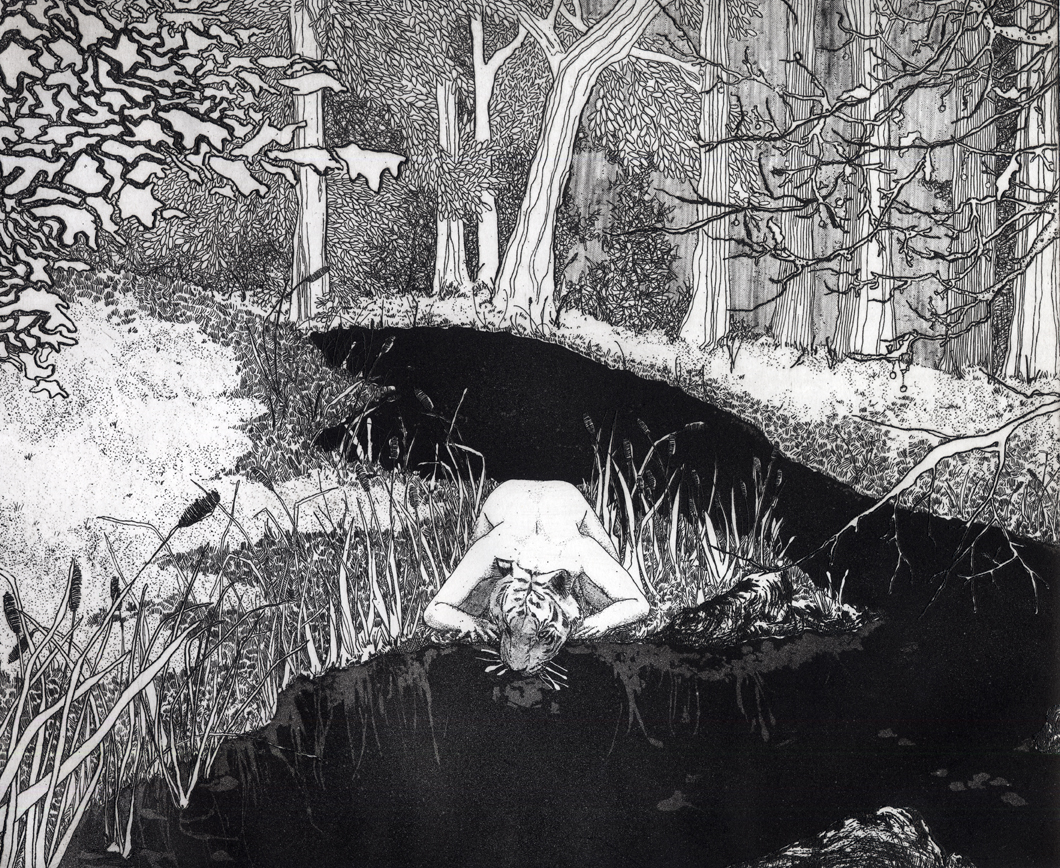
Black Lie (2008-2012)
For I am Black Lie and I purr rumbling low. I growl hard when you touch me and when you retreat. I walk softly and I am to be followed.
Investigating the life of things across space and time
From the journal of Captain Joseph Abram of the HMS Minotaur, 1862
Drawings by Sarah Gillett
Texts by Sarah Gillett and Amy Lay-Pettifer
In 2009 I returned to Northland with the writer and curator Amy Lay-Pettifer. I spent days in the library, photocopying pages from unique reference books, photographing historical maps and making notes.
I found a new entry for Northland in an encyclopedia, sandwiched between John Norden, an Elizabethan cartographer remembered now for his uncompleted series of county maps ‘Speculum Britanniae’ and Marianne North, one of the best and most accurate flower painters who ever lived. The entry read:
In medieval geographies, Northland is a distant place located beyond the borders of the known world. It is variously agreed that it may be an island somewhere in the northern hemisphere, and that on this island there lives a secretive colony of people called ‘the Lays’, half-creatures of tortured souls and lost dreams. Each is the only one of its kind and is individually on the endangered species list.
Due to its indeterminate location, although Northland was sighted and recorded in ships’ logs by many explorers from 1210 onwards, it was only truly surveyed in 1862, in a topographical map and profile from the HMS Minotaur. Brinscaal is its only settlement, the island’s terrain being mostly volcanic or tundra and not able to support a large community. Mount Öseluus, or the Grey Eye Volcano, remains active and highly volatile.
In his journal, Captain Joseph Abram wrote: ‘Northland is the most enigmatic of isles; the fog descends early evening, roiling down the verdant mountainside and obliterating not only the vista but, it seems, the trees, lakes and I fancy, the soil itself, as in the morning, all appears different and new.’ His account may not be as far-fetched as it may first appear, as in comparing a multitude of reliable officers’ charts, there is no agreement on the latitude or longitude of the island.
Various theories exist as to Northland’s elusive state; the most popular contemporary conjecture is that the island is, like its inhabitants, in a state of transformation and shifts accordingly. For this reason, few explorers have successfully landed there, and none have managed to return to the island for further investigation, although there is some unsubstantiated pictorial and written evidence of both the Lays and Northland from Miss Sarah Gillett, artist, q.v. who asserts to have visited the island in 2008, although scientific opinion is still fiercely divided on this.
Amy sought out the Lays. Some of those she met agreed to let her tell their stories. We walked the island, talking and sketching. Every night, the fog crept down through the streets of the village and swallowed all the houses and all the Northlanders inside them. The Lays prowled the island on their soft paws. Their hooves left eclipses in the forest floor.
Later, back in the UK, we assembled our work on the living room wall and began planning our return. So far, this has proved impossible.
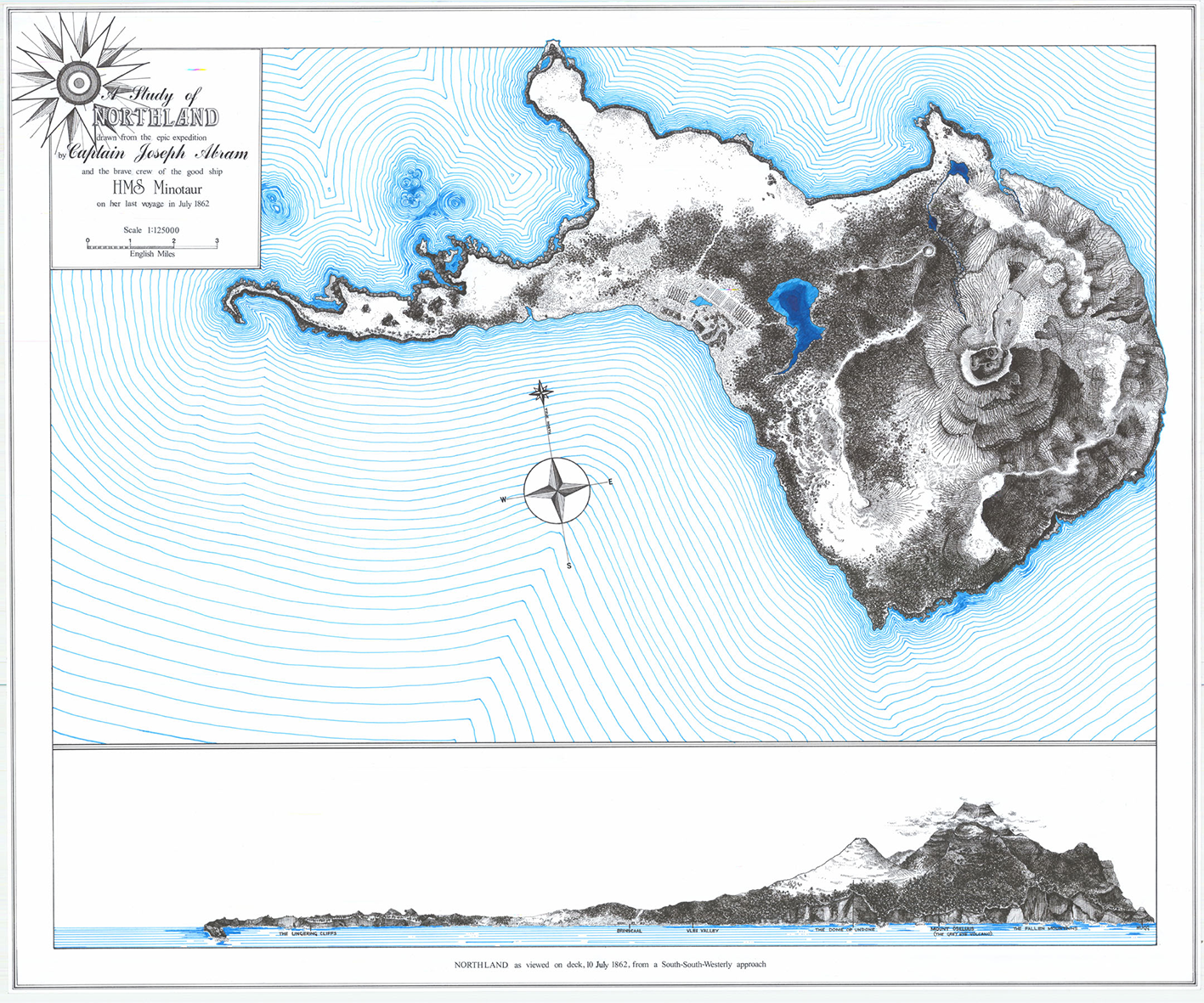
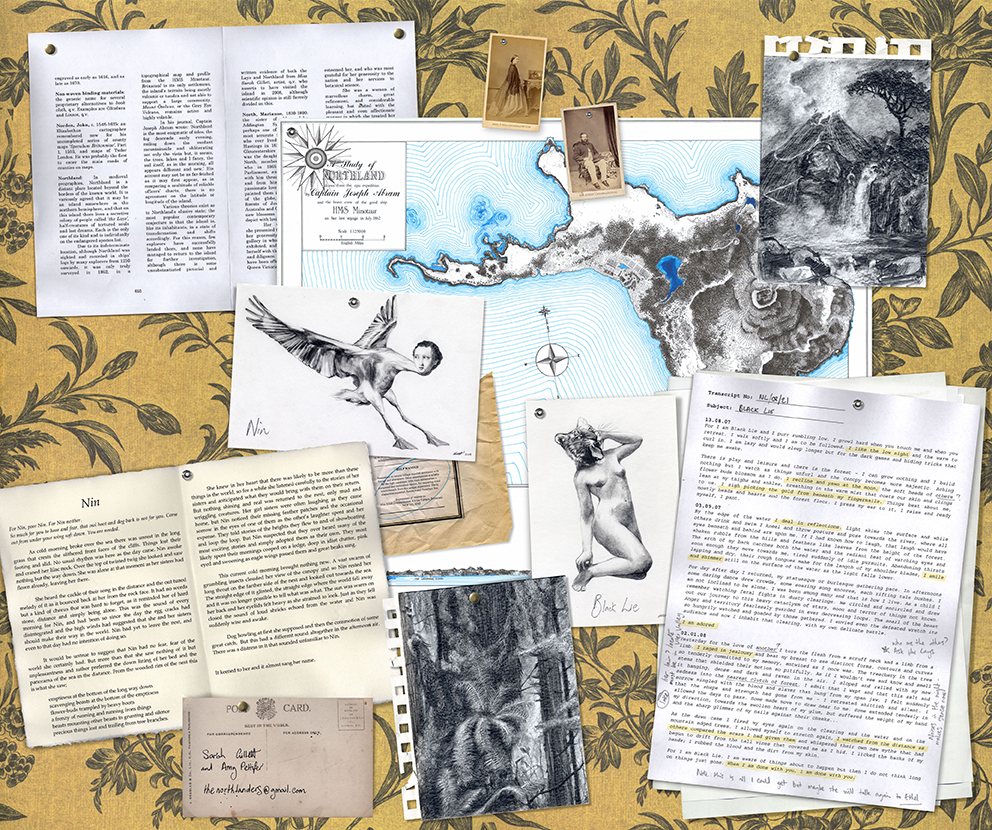
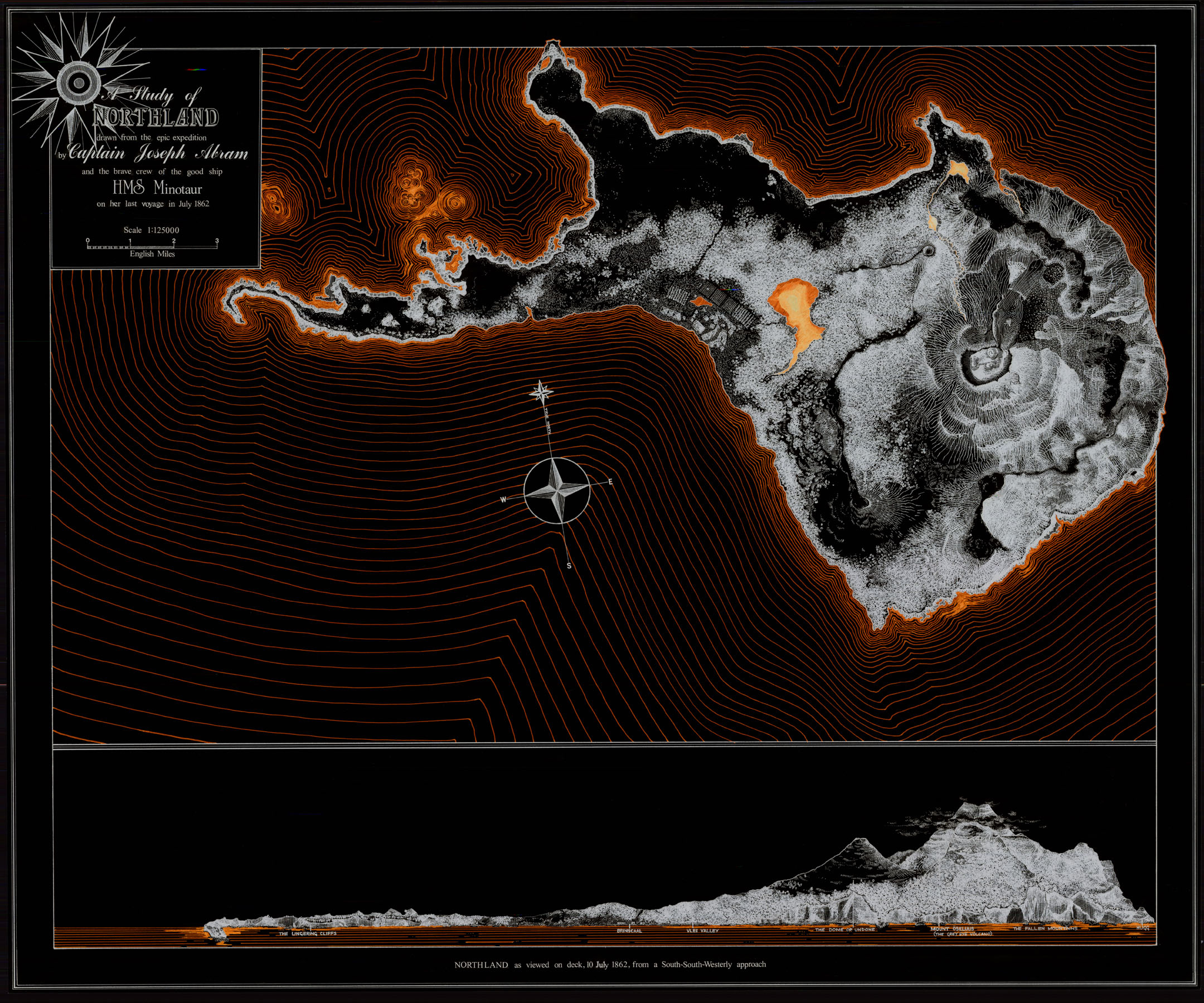

For I am Black Lie and I purr rumbling low. I growl hard when you touch me and when you retreat. I walk softly and I am to be followed.
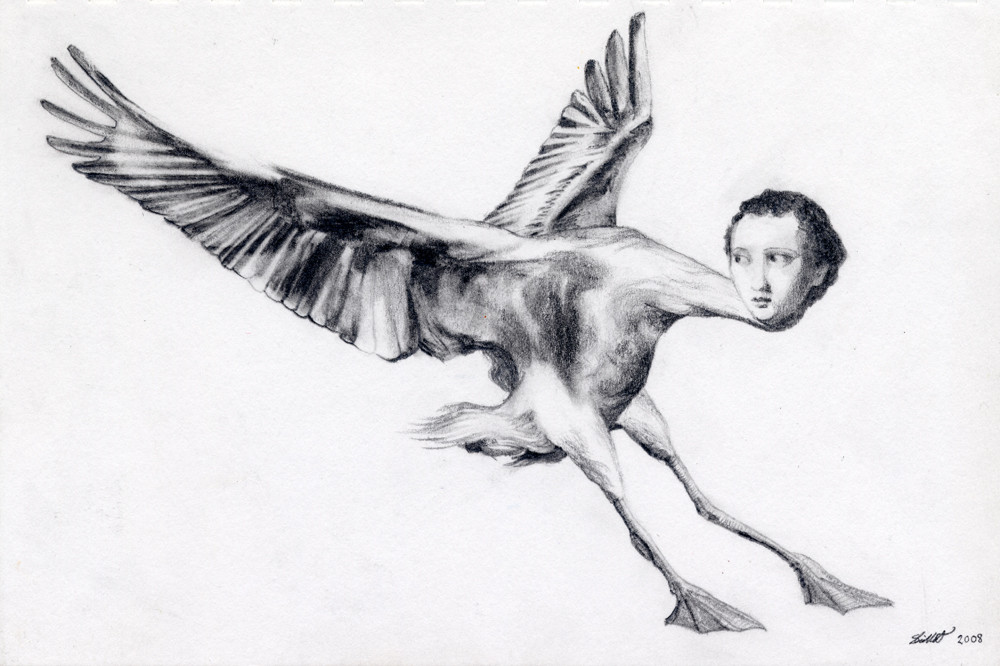
For Nin, poor Nin. For Nin neither.
So much for you to hear and fear, that owl hoot and dog bark is not for you. Come out from under your wing soft down. You are needed.

In medieval geographies, Northland is a distant place located beyond the borders of the known world.
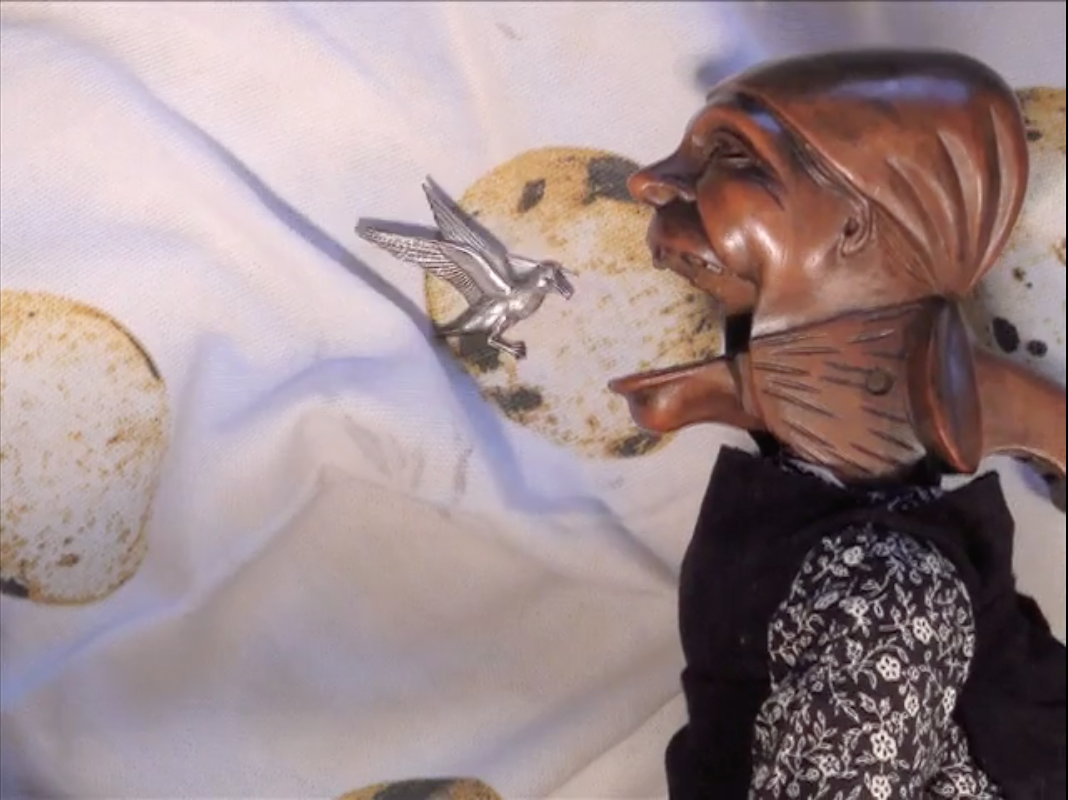
Stop motion animation made on my parents’ kitchen table in Lancashire and on the floor of an artist’s clapboard house in Los Angeles.
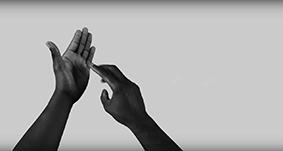
Joseph reaches down and picks up a shell. He hands it to the boy, who is dragging a red plastic bucket across the sand. “Here. What about this one?”
Bill assesses the offering intently. “No Daddy,” he says firmly, “It’s broken here, see.”
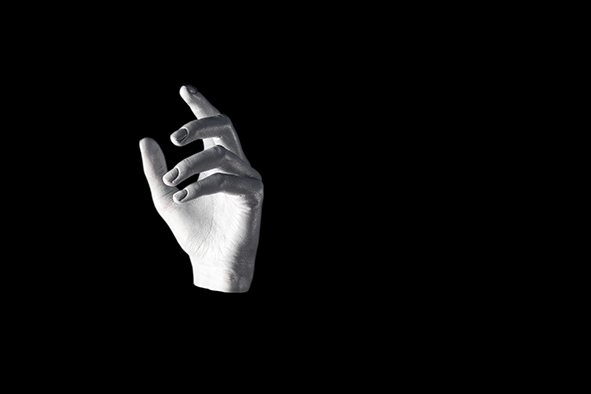
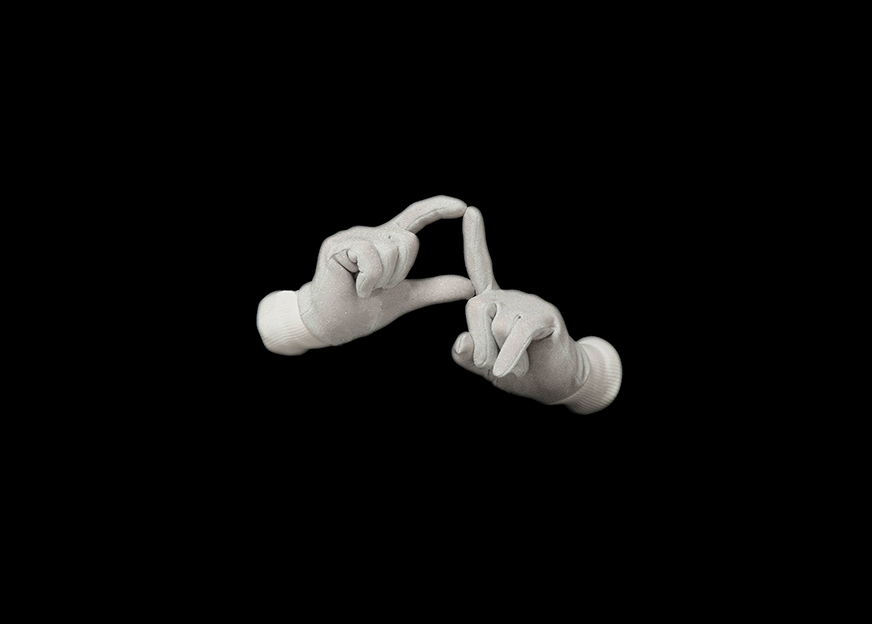
It is late when I see you moving into the flat above the pub opposite. Must be past 11, because I hear the doors swinging open, hot blue noise gulping for air.
Sarah Gillett is an artist and writer from Lancashire, UK.
She currently lives in London.